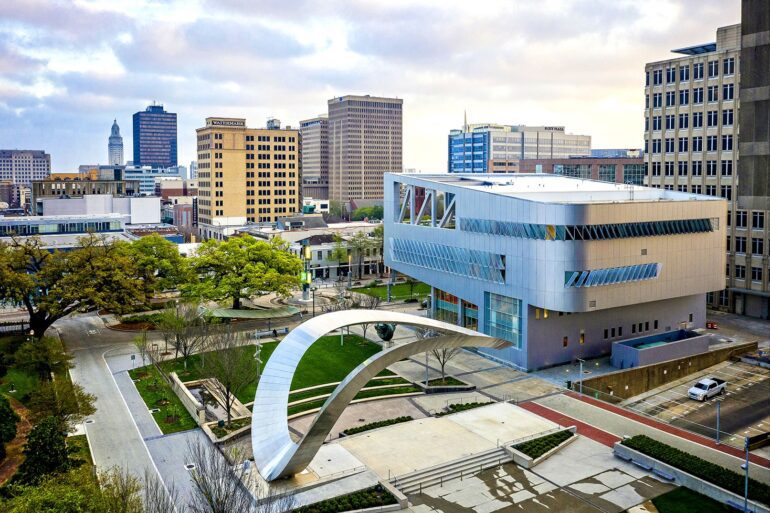TL;DR:
- AI is rapidly integrating into daily life, impacting work, leisure, and essential services.
- Downtown Development District in Baton Rouge utilizes AI, specifically the ‘Placer AI’ dashboard.
- ‘Placer AI’ counts people using location data from cell phones, tracking pedestrian movement.
- Data-driven decisions enable businesses to adapt to downtown’s population density.
- Visit Baton Rouge employs similar AI resources to attract more visitors, aiming for economic growth.
Main AI News:
Artificial intelligence (AI) is rapidly embedding itself into our daily lives, revolutionizing our work routines, leisure activities, and the provision of essential services. In the heart of Baton Rouge, the Downtown Development District is harnessing the power of AI to shape the future of the capital city’s downtown landscape.
Whitney Hoffman Sayal, the Executive Director of Downtown Development District, acknowledges the transformative potential of data-driven decision-making facilitated by AI. “Just having those conversations, we realize how powerful the data is and how much it can drive the decisions we make and help us make better decisions,” she stated.
At the core of these informed decisions lies the ‘Placer AI’ dashboard, a tool that excels at counting the number of individuals within a specific area at a given time, utilizing location data derived from users’ cell phones. This ingenious software leverages this data to meticulously track pedestrian movements in defined areas.
Sayal further elucidated the significance of this capability: “To know where people are going and to also monitor where visitors at our hotels are going. Where do they have to go to get things they can’t get downtown?“
The invaluable insights offered by Placer AI extend to determining the population density of downtown Baton Rouge, facilitating comparisons with similarly-sized downtown areas. This data-driven approach aids in shaping the strategies of local businesses.
“We can go in and determine how many people we have downtown and how many businesses we need to accommodate for that number,” Sayal added, emphasizing the tangible benefits derived from AI integration.
Meanwhile, Visit Baton Rouge is following suit, leveraging the same resources to attract more visitors to the city as a whole. According to Director Jill Kidder, the economic impact generated by visitors is substantial, with 8.4 million visitors contributing $1.15 billion to East Baton Rouge Parish in 2022 alone.
Kidder underscores the importance of embracing cutting-edge technology in visitor recruitment, stating, “It combines cell phone location data with visitor spending, event data, hotels, short-term rental stays, our website, and even social media.” Such a holistic approach promises to usher in even more remarkable economic growth for Baton Rouge.
In this era of AI-driven innovation, Baton Rouge is not merely keeping up with the times; it is positioning itself as a trailblazer in the realm of urban development, thanks to the transformative power of artificial intelligence.
Conclusion:
The integration of AI in urban development and tourism strategies in Baton Rouge demonstrates a forward-thinking approach that harnesses the power of data for informed decision-making. This trend highlights the increasing importance of AI technologies in shaping the future of the market, offering opportunities for growth and efficiency in various sectors, including real estate and tourism.

